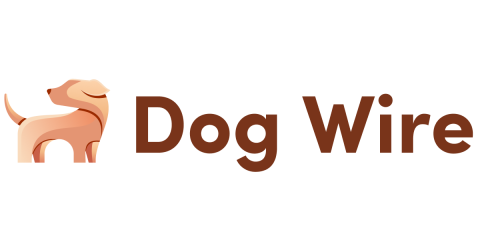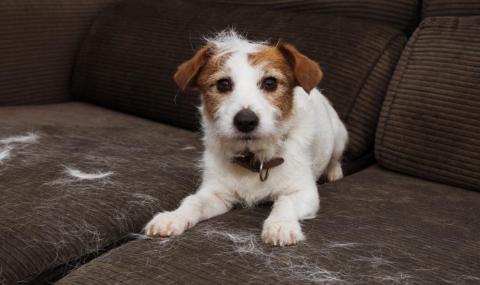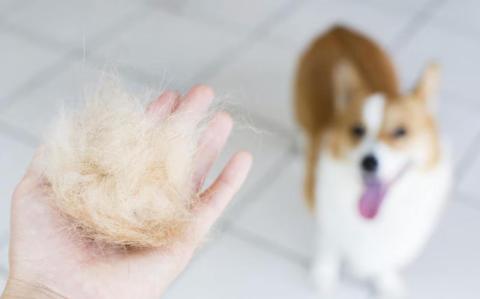
Help! My Dog Is Shedding Like Crazy – What’s Going On?
Published on April 11 by Julia
If you’re constantly finding fur on your clothes, floors, furniture — and basically everywhere — you’re not alone. Dog shedding is a completely natural process, but when it seems excessive, it can be frustrating (and a little concerning) for pet parents.
Let’s break down why dogs shed, when it’s normal, when it might signal a health issue, and how to manage all that extra fluff.
What Is Shedding?
Shedding is the natural process where dogs lose old or damaged hair to make room for new growth. All dogs shed to some degree — though some breeds shed more heavily and more often than others.
Common Reasons Dogs Shed a Lot
🐶 1. Breed Characteristics
Some dogs are simply heavy shedders by nature. Breeds like:
- Labrador Retrievers
- German Shepherds
- Huskies
- Golden Retrievers
- Akitas
…have thick double coats that blow out seasonally, leading to a serious increase in loose fur.

🌸 2. Seasonal Shedding
Many dogs shed more during spring and fall as they prepare for a change in temperature:
- Spring: Shedding winter coat
- Fall: Making way for a thicker winter coat
This is completely natural and can last for several weeks.
🍖 3. Poor Nutrition
Low-quality dog food or an imbalanced diet can lead to:
- Dry skin
- Brittle fur
- Excessive shedding
Look for high-protein diets with Omega-3 and Omega-6 fatty acids to support healthy skin and coat.
🩺 4. Stress and Anxiety
Just like humans lose hair under stress, dogs can shed more if they're:
- Experiencing anxiety (separation, loud noises, changes at home)
- Recovering from surgery or illness
- Adjusting to a new environment
🚿 5. Skin Conditions or Parasites
Conditions like:
- Allergies
- Fleas or mites
- Fungal infections (e.g., ringworm)
- Hormonal imbalances (thyroid, Cushing’s)
…can lead to excessive hair loss, often in patches or with irritated skin. If you notice itching, redness, or bald spots, it’s time to call the vet.
👵 6. Age or Hormonal Changes
Shedding can increase with:
- Pregnancy or lactation
- Heat cycles
- Aging, especially in senior dogs
These hormonal shifts affect the coat and shedding cycle.
When to Worry About Shedding
It might be time to consult your vet if:
- Shedding comes with bald patches or skin irritation
- There’s a sudden increase in hair loss
- Your dog is itching, licking, or biting at certain areas
- You notice dandruff, odor, or wounds

Tips to Manage Shedding
✔️ Brush regularly:
Use the right brush for your dog’s coat (slicker, bristle, or undercoat rake). Daily brushing during shedding season helps reduce loose fur.
✔️ Bathe occasionally:
Use a gentle, dog-specific shampoo. Oatmeal or deshedding formulas are great. Don’t overdo it, though — too much bathing can dry out the skin.
✔️ Feed a healthy diet:
High-quality dog food and Omega fatty acid supplements can support coat health.
✔️ Hydration and air quality:
Dry environments can dry your dog’s skin. A humidifier might help in dry climates or heated homes.
✔️ Professional grooming:
A regular grooming schedule (especially for long-haired or double-coated breeds) can make a huge difference.
While shedding is a fact of life for most dog owners, understanding the why behind it can help you better manage the hair—and protect your pup’s health. If your dog’s shedding seems abnormal or you notice any skin issues, don’t hesitate to consult your vet.
With the right tools, diet, and routine, you can reduce the mess and keep your dog looking and feeling their best!